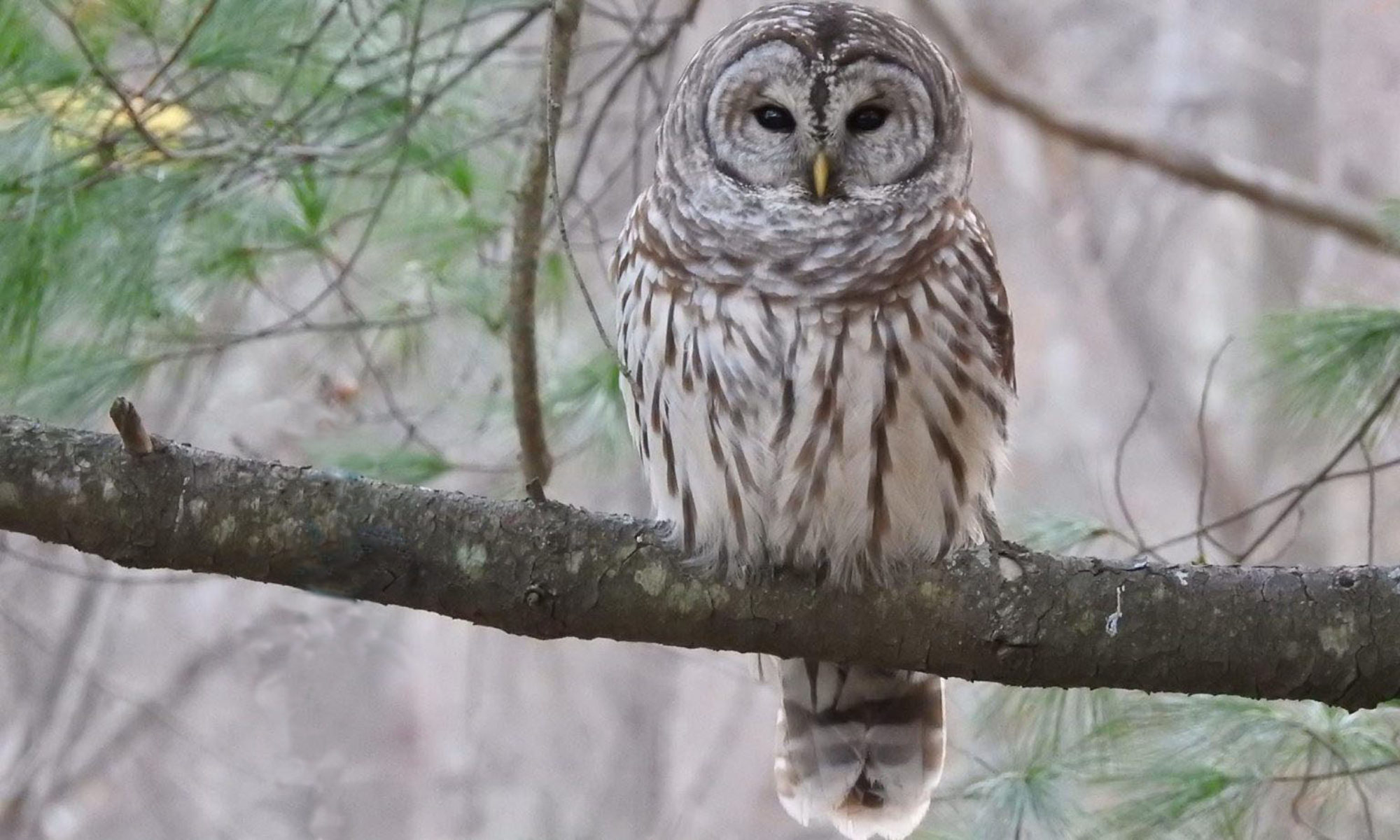As seeing birds has become more of a challenge, I am grateful for sustained looks at the commoner birds that visit the yard and feeders. For some winter finches this is an irruption year, and I’ve been watching eBird light up with reports of a “nemesis bird” for me, the Pine Siskin. Particularly as American Goldfinches started to visit in greater and greater numbers, I kept wondering if a lone siskin might make an appearance, especially hearing of the big flocks others in the state have had coming to their backyards.
I’ve been talking about the irruption for a month and Pine Siskins much longer than that–in fact, it had become a running joke in our home: “Look, Dad, a Pine Siskin!” It’s hard to believe over more than three decades of birding the Northeast that I haven’t seen one, but then again, such is the nature of the nemesis. I even went so far as to make, at my wife’s request, a reference poster/cheat sheet remixing images of Pine Siskins, American Goldfinches, and Evening Grosbeaks from Sibley.
For the better part of eight months I’ve been working from home, riding out the Coronavirus pandemic. Most days I try to escape the basement office, if only for a half hour, for lunch with the family. As I finished my lunch Friday, both wife and child excitedly pointed at the closest feeder and simultaneously exclaimed, “Pine Siskin!” This time they weren’t joking.
NEMESIS NO MORE

Over these past few days we’ve had as many as three at a time on the feeder, where the little pugilists are surprisingly aggressive and hold their own, fighting off much bigger birds such as House Finches.
I am so grateful: to finally see this nemesis bird; to see it in my own backyard, literally a few feet away; to see it with my family; and to see it because of my family.

